After almost 41 years with the Royal New Zealand Navy, as an officer and civilian, David Wright, Director of the Navy Museum is signing off. David joined the Royal New Zealand Navy in January 1985 as a construction engineering officer and managed many projects large and small including the Damage Control School, the Hyperbaric Chamber facility, St Christopher’s Chapel, Te Taua Moana Marae, and of course, the Navy Museum at Torpedo Bay.
During his time as Commanding Officer of HMNZS Philomel at Devonport Naval Base, he got his first taste of the Navy Museum, then located at Spring Street, and he wasn’t impressed. David could see plenty of opportunities for improvement, particularly where and how it was located. Over the next few years, including during his time as Director Navy Excellence, he kept an interest in the museum and continued to investigate how a new facility could be built.
“I’m grateful to the Navy that during this time they allowed me the freedom to continue to pursue my interest in the Navy Museum and start to plan how we could go about securing its future,” says David.
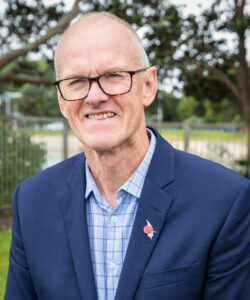
Fast forward to 2004, and as luck would have it, the opportunity for David to put his plans into action came to fruition when he was posted to the position of Director Navy Museum. Asked to reflect on his initial perceptions of the museum, David didn’t mince words. “The museum was being used to satisfy the research desires of a small group of people. It was a treasure box full of artefacts, but no stories to go with them. It wasn’t doing justice to the Navy, the public, or the community.
“I had this feeling that things just weren’t right. We needed to rethink the museum’s purpose, to refocus where our priorities were and where they needed to be,” shared David.
David quickly realised the role of Director of the Navy Museum was very challenging. He’d initially thought that with his 25 years of experience with the Navy, leadership of the museum couldn’t be more difficult than anything he’d previously encountered.
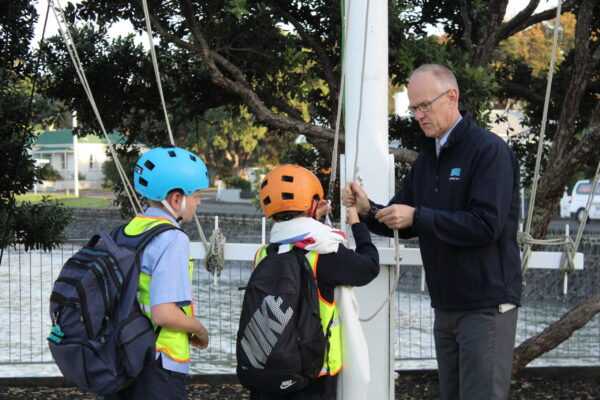
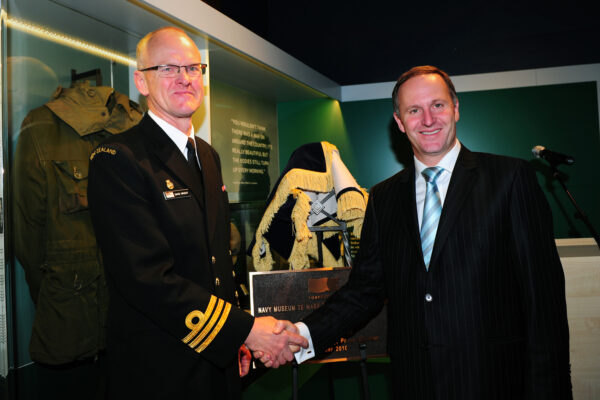
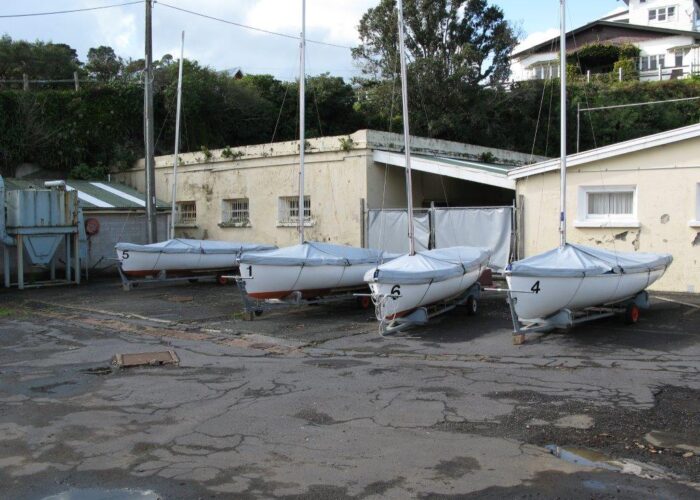
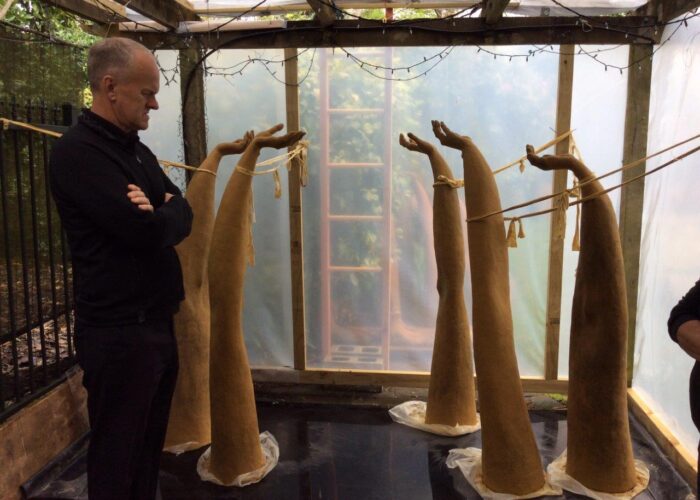
“I quickly realised how challenging the role was, and that I needed to get some credibility in the museum sector to be able to stand shoulder to shoulder with the other museum directors around the country, and to be taken seriously by the museum team.
“The complexity of the director’s role can’t be overstated. There are so many stakeholders with varied, often passionate opinions that you need to consider and be mindful of,” said David.
To boost his knowledge and credibility, David completed a Postgraduate Diploma in Museum Studies in 2008, and as time went by was delighted to discover that he’d found ‘his tribe’ within the museum sector and was excited by what the future offered.
“One of the biggest challenges I faced was getting buy-in from the existing staff for the changes that we needed to make. Top of the list was finding a new site for the museum. A number of sites were considered but, finally Torpedo Bay was decided on as the best location. A detailed public engagement process followed with the initial concept focused around knocking down the existing 19th and 20th century buildings, to construct a purpose-built, modern museum.
“At one of the consultation meetings, a member of the public challenged my initial thinking. An elderly lady approached me and said, I don’t understand why you’re destroying your heritage, to display your heritage! That perspective completely changed our approach and led us to refocus our plans to look at how we could repurpose the existing 19th century mine station within our very tight budget.”
In 2010 the role of the Director Navy Museum was civilianised. Keen to continue his work at the museum, he participated in a rigorous and competitive selection process for the new museum director, and was delighted when he was successful, beginning a new chapter as the civilian head of the Navy Museum.
Over his 21 years at the Navy Museum, David’s achievements have been numerous. He’s overseen the move, build and fit out of the museum at Torpedo Bay, the construction of the WW1 Commemorative Pavilion, restoration and repurposing of the Boatshed, Chippy’s Store and mine stores to create what is today a much-loved Devonport destination. Enjoyed by over 95,000 visitors; NZDF, and the public in the last financial year alone.
Reflecting on his time leading the museum David has two regrets, one that he has never been able to get the people resourcing the museum needs, to really be as he says, “what it could be” and secondly, that he wasn’t able to complete phase two of the Gallery Master Plan.
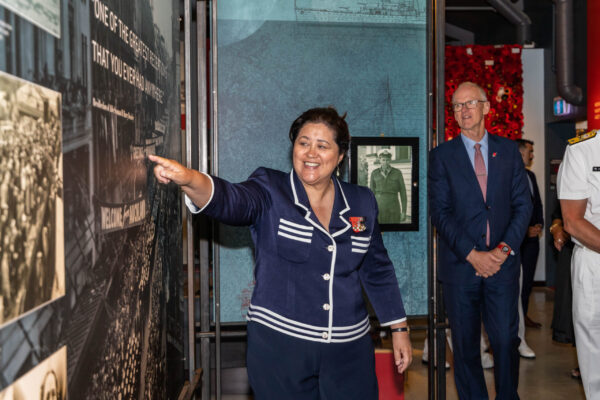
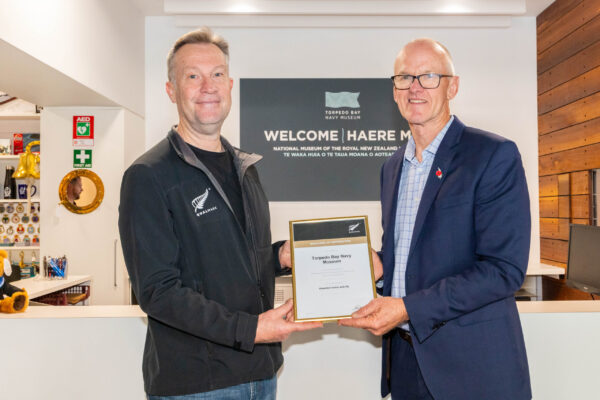
Asked what he sees as his legacy, David in his usual humble way refused to comment, instead suggesting others may have thoughts! Programmes Manager Charis Boos when asked what she sees as David’s legacy, summed up her thoughts by saying that David is a leader who builds other leaders.
“I have learnt a great deal from him. I think one of his strengths is that he gives people the freedom to experiment. He has created an environment for people to take risks and try new things. To allow meaning to grow from uncertainty, shows that he had a lot of confidence and trust in his team. David for me is someone who embodies the servant-leadership style of leadership, the ability to transform by encouraging others to do so,” shared Charis.
When asked what he would miss about the museum when he leaves, David’s initial response was that he couldn’t answer that right now. But, he then added, “The museum has been a great place to work, I’ve never felt like I wanted to leave. I’ll miss the people, they are the very best people I’ve ever worked with”.
And, advice for his successor?
“The new Director needs to sit and listen to feedback from the team. My advice would be don’t think you know everything. The museum is currently facing a greater challenge than it has seen in the last 15 years, with serious staffing gaps and no immediate respite. The new Director needs to be able to hit the ground running and be able to make decisions that will ensure the museum’s future and build on what has already been achieved.
“This place is more than bricks and mortar. It’s the people who work here and what we have achieved together that make me most proud. I love that we’ve created a space that young mums like my daughters, feel comfortable to bring their children, and catch-up with their friends here.
“The memories I’ll take away with me are many. I’m looking forward to so many things in retirement, and maybe I’ll even learn how to sleep again.”


